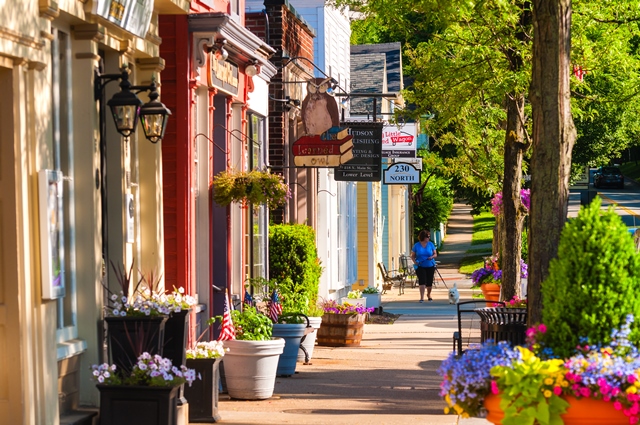Safe Harbor Benefits Restaurant and Retail Industry
Share post:

There has been a lot of discussion surrounding Tangible Property Regulations—from implementing the new regulations to developing the best possible strategy upon implementation, not to mention integrating some of the regulation changes that have occurred after the fact. Recently, the IRS released Revenue Procedure 2015-56, which offers a safe harbor in the retail and restaurant industry to those businesses that incur expenses to “remodel” or “refresh” their property.
This new revenue standard was developed with the intention of simplifying implementation of the Tangible Property Regulations for restauranteurs and retailers. Effective for tax years beginning on or after January 1, 2014, eligible taxpayers are able to deduct 75% of qualified costs from a remodel or refresh project and capitalize the remaining 25%.
According to the IRS website, a remodel-refresh project is defined as a “planned undertaking by a qualified taxpayer on a qualified building to alter its physical appearance and/or layout for one or more of the following purposes:”
- To maintain a contemporary and attractive appearance;
- To more efficiently locate retail or restaurant functions and products;
- To conform to current retail or restaurant building standards and practices;
- To standardize the consumer experience if a qualified taxpayer operates more than one qualified building;
- To offer the most relevant and popular goods within the industry; or
- To address changes in demographics by changing product or service offerings and their presentations.
The IRS gives a few examples of projects that fall into the scope of a remodel or refresh project, including but not limited to:
- Painting, polishing, or finishing interior walls;
- Adding, replacing, repairing, maintaining, or relocating permanent floor, ceiling, or wall coverings;
- Adding, replacing, repairing, maintaining, or relocating kitchen fixtures;
- Adding, replacing, or modifying signage or fixtures; or
- Relocating or changing the square footage of departments, eating areas, check-out areas, kitchen areas, beverage areas, management space, storage space, or similar areas within the existing footprint of the qualified building.
Not all taxpayers within the retail and restaurant industry are able to apply for the safe harbor, as there are qualifications that must be met in order to be eligible. First, a taxpayer must have an applicable financial statement (AFS), usually an audit. Additionally, they must be operating within specific NAICS codes (44, 45 and 722), and some businesses within those areas are excluded, such as gas stations, car dealers, caterers and online retailers.
An interesting aspect of this new revenue procedure is a qualified taxpayer could also be someone who owns or leases a qualified building to an eligible restaurant or retailer. By opening it up to the qualified building owners (and not just the business itself), it allows many real estate owners to take advantage of the safe harbor. Another benefit is the safe harbor applies to the entire building and not its individual parts, thereby eliminating the need to apply the rules separately to each unit.
There are quite a few requirements to be eligible for this safe harbor, but it may be worth exploring whether or not it is beneficial to your situation, as it has the potential to simplify implementation of the Tangible Property Regulations.
While this safe harbor may make implementing the Tangible Property Regulations easier for some projects, it should be noted that a detailed analysis of the same projects under the regulations could result in higher current deductions of related costs, potentially up to 100%.
Please feel free to contact me at 805-963-7811 or ecole@bpw.com should you have any questions about the Tangible Property Regulations or need help developing a strategy best suited for your situation.
